Minimalismus Fotografie: A Study in Simplicity
Minimalismus fotografie is more than just clean lines and sparse compositions. It's an art form that invites viewers to find beauty in simplicity. This approach allows photographers to strip away distractions, focusing on the essence of the subject.
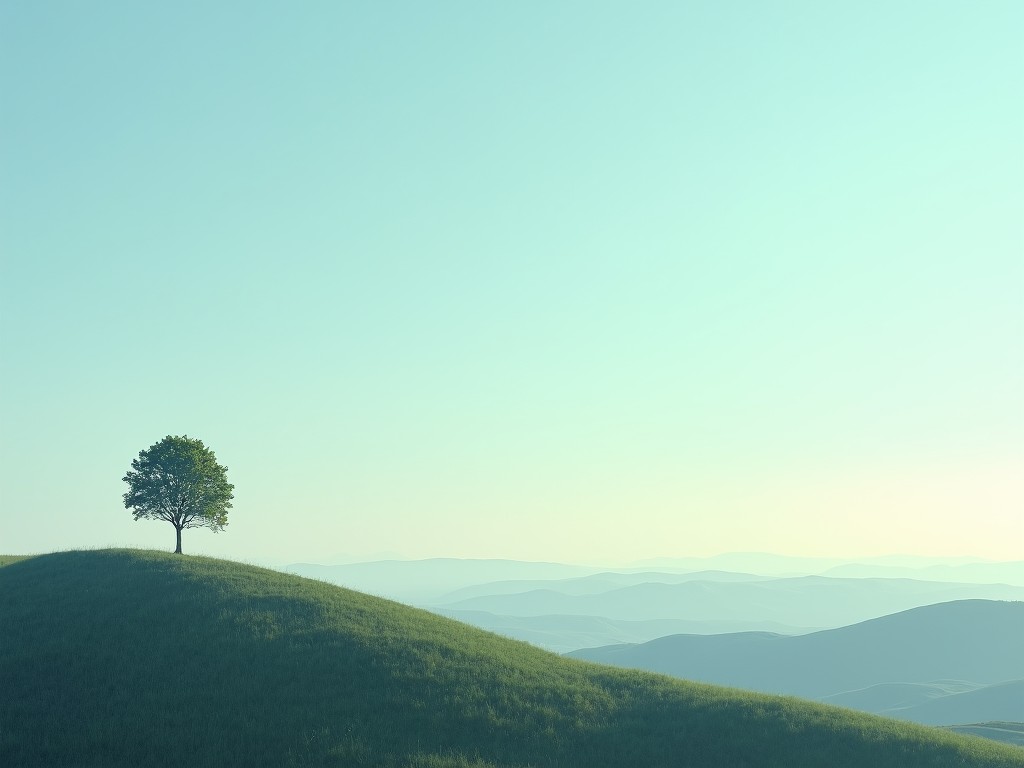
Understanding Minimalism in Photography
Minimalism in photography often signifies employing a subtle palette, minimal elements, and focusing on structure rather than excess. To master minimalismus fotografie, photographers must learn to see the world differently. A key aspect is discerning the features that truly matter to a subject or scene.

Personal Journey into Minimalism
My journey into minimalismus began while exploring urban and natural landscapes. By focusing on individual elements, like a single dewdrop on a leaf or the stark shadow of a building, I found that minimal compositions brought a peace and clarity that more complex images did not.
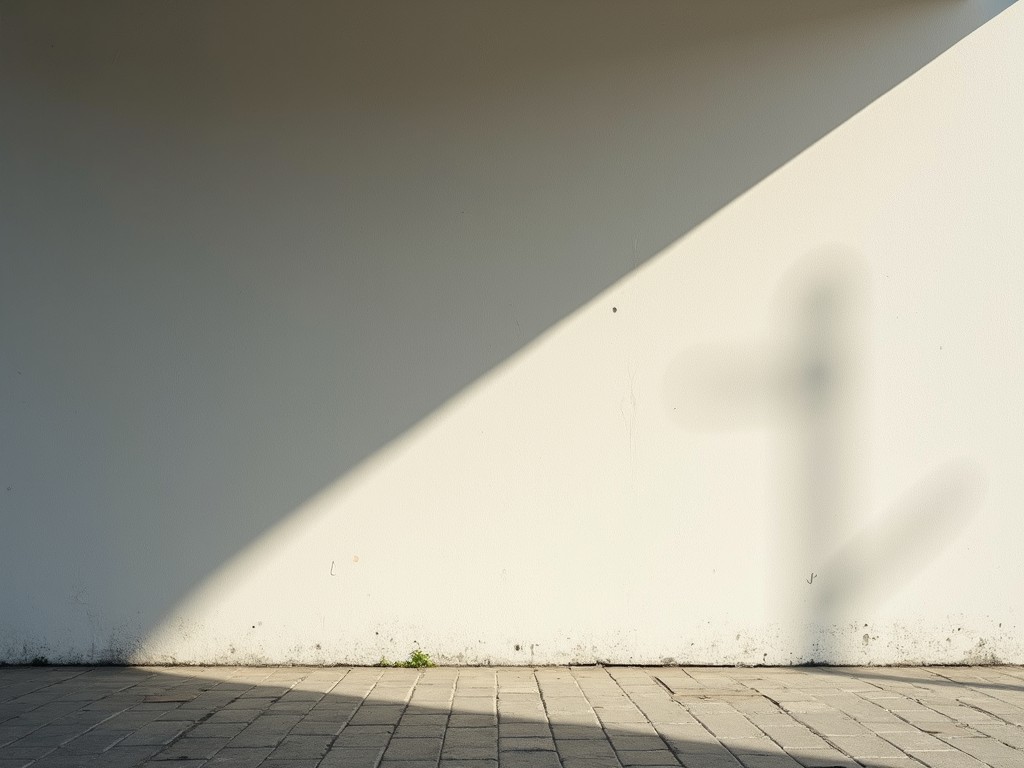
Techniques for Effective Minimalismus Fotografie
-
Negative Space: Utilize ample negative space. This draws attention to the subject while creating an airy, uncluttered feel.
-
Simple Color Palettes: Stick to one or two colors to emphasize the subject.
-
Strong Lines and Shapes: Highlight geometric patterns or silhouettes.
Tools and Gear
While minimalismus doesn’t require fancy equipment, a high-quality lens can make a huge difference. Consider investing in a fast prime lens, which can deliver sharp details with little distortion.
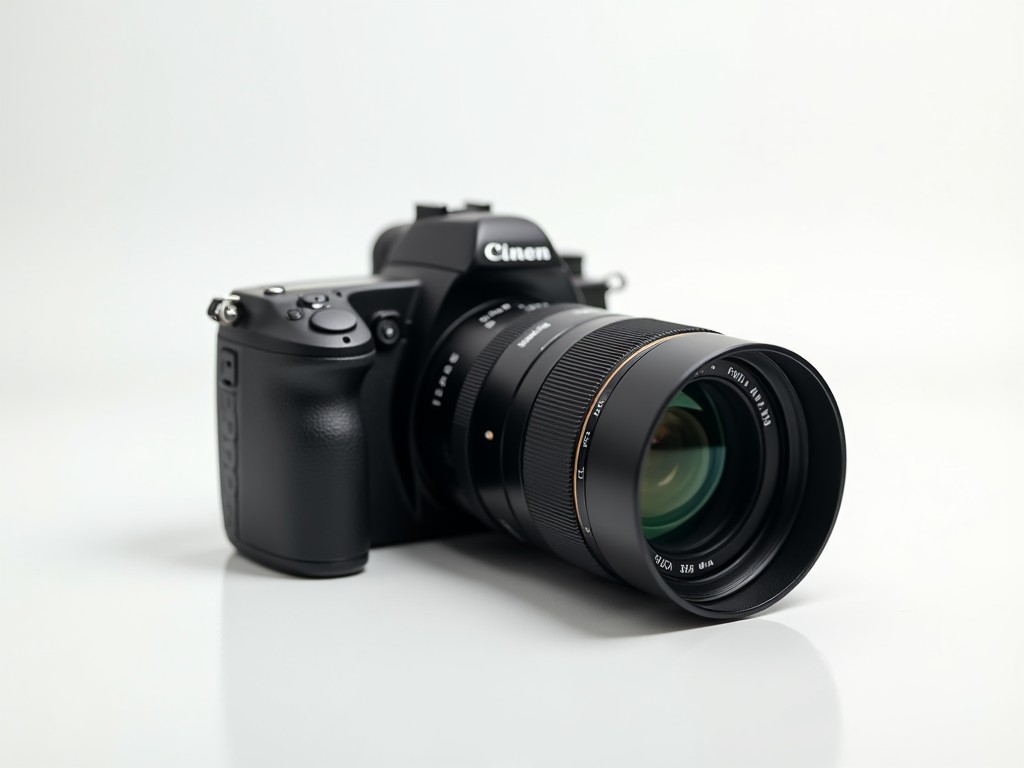
Addressing Common Misconceptions
A common confusion is that minimalismus photography is limited or simplistic. On the contrary, it demands a deep understanding of composition and light. Finding significance in simplicity often takes more creative thought than complex compositions.
"Minimalism is not about having less, it's about making room for more of what matters." — Anon
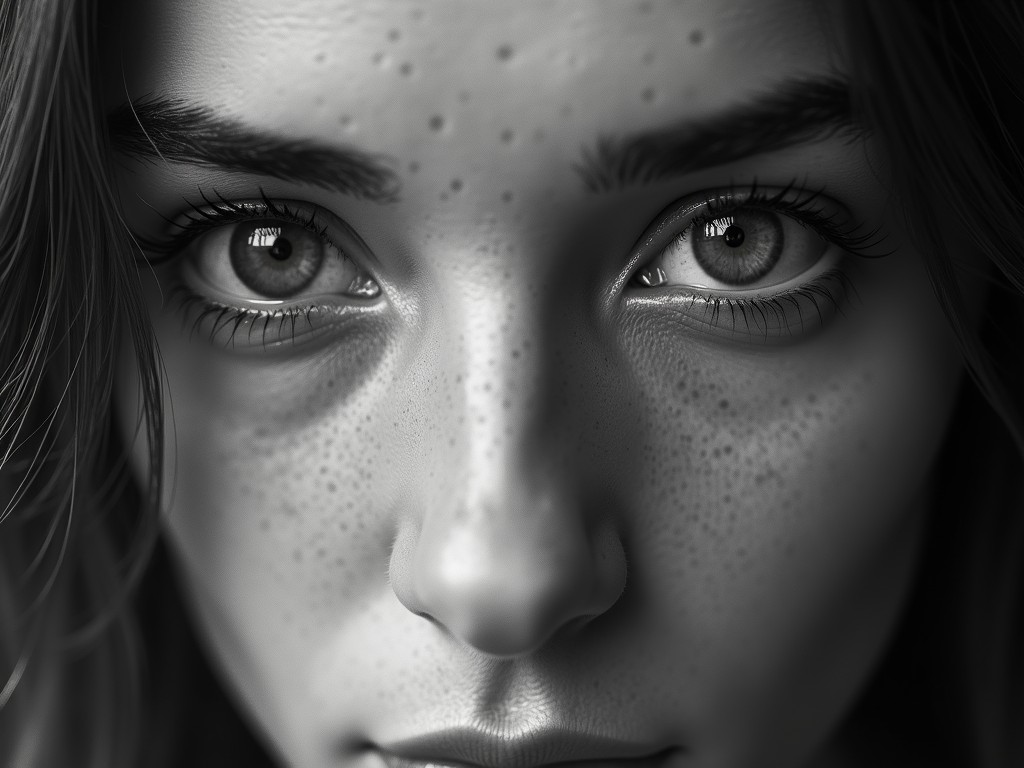
How Minimalism Impacts Composition
In minimalismus photography, composition rules are rearranged. The rule of thirds may take a backseat to allow subjects to be centered for maximum impact, or fill-the-frame techniques might be overlooked in favor of creating open spaces.
Consider a minimalist portrait. Focus on emotional elements like the eyes, letting everything else fade into the background. This creates an intimate connection with the viewer.
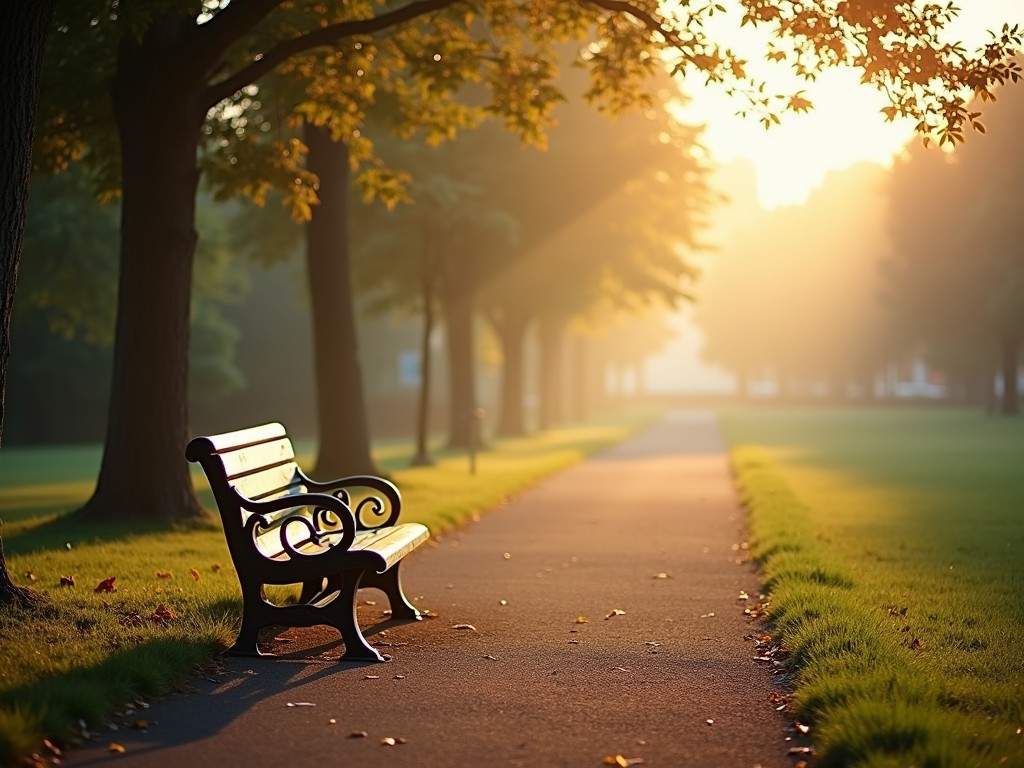
Experimenting with Minimalismus
To push boundaries, try using multiple styles of minimalism, like environmental or architectural. Capture the details—textures, lighting, and patterns—in diverse settings, whether it’s a bustling cityscape or tranquil nature.
Actionable Tips:
- Always carry your camera to capture spontaneous moments.
- Challenge yourself to a minimum number of elements in each frame.
- Explore both color and monochrome palettes for different atmospheres.
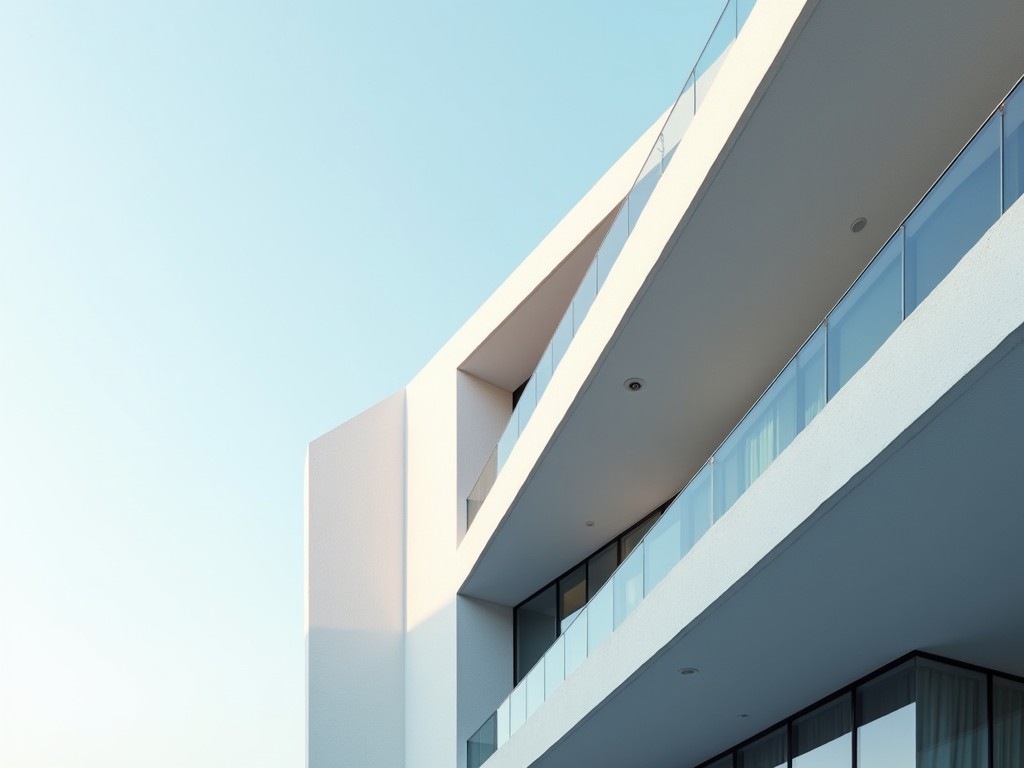
Conclusion: Letting Go of the Unnecessary
In the end, minimalism urges us to think differently—not just in photography, but in life. By letting go of unnecessary clutter, minimalismus creates a space for deeper engagement with the world.
Embrace minimalism not only as a photographic style but also as a lifestyle that appreciates simplicity and essence over chaos and confusion.
Looking Ahead
If you're inspired to delve deeper into minimalismus fotografie, explore these topics to broaden your understanding and skills:
- The Psychology Behind Minimalism
- Advanced Composition Techniques in Minimalism
- Monochrome Photography and Minimalism
- Storytelling Through Minimalist Photography
